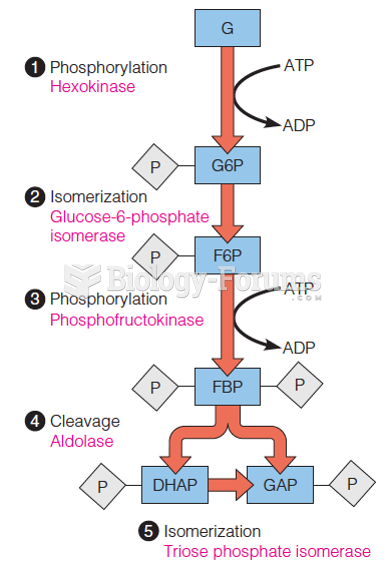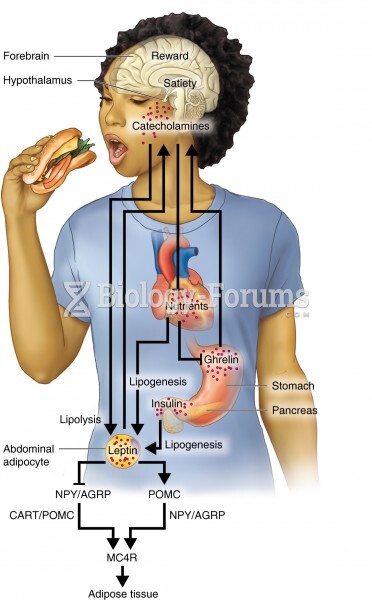Answer to Question 1
Fission: A large atom of one element is split to produce two small atoms of different ele-ments.
Fusion: Two small atoms combine to form a larger atom of a different element.
Energy is produced in a nuclear reaction by changes at the atomic level. In both fission and fusion, the mass of the product(s) is less than the mass of the starting material, and the lost mass is converted to energy in accordance with the law of mass-energy equivalence.
Answer to Question 2
United States: 1960s: The U.S. government was interested, after World War II, in converting the technology developed for military purposes into civilian uses. The belief was that the cost of generating electricity from nuclear power would be so cheap that it could be used instead of other forms of fuel. The building of nuclear power plants did not begin until the U.S. government limited the legal liability of those corporations and utilities owning the power plants (Price Anderson Act, 1957). Additionally, the U.S. government assumed responsibility for all high-level nuclear waste generated by commercial nuclear power plants. In the 1960s and early 1970s, utility companies moved ahead with plans for numerous nuclear power plants. By 1975, 53 plants were operating in the United States, producing about 9 of the nation's electricity, and another 170 plants were in various stages of planning of construction. 1970s: By the mid-1970s the future of nuclear power was no longer rosy. Three bills were passed in California in 1976 halting future construction of nuclear power plants unless the waste product problem was solved. Many existing orders for power plants were cancelled. Construction was terminated in some instances. 1980s: The building and operation of nuclear power plants continued to be curtailed. Shoreham was closed after only 32 hours of operation. The citizens in Sacramento, California, voted to close Rancho Seco, which had been operated by the local public utility company. 1990s: In the 1990s the last nuclear power plant under construction was brought online. The present: The outlook is a bit rosier today because of the problems with coal generation and high electrical demand. With the passage of the Energy Policy Act of 2005, there is a possibility of additional nuclear power plants being constructed in the United States.
Globally: Thirty-one nations have nuclear power plants in operation or under construction. Including those in the United States, the world has a total of 440 operating nuclear plants, with an additional 32 under construction. After the catastrophic accident at Chernobyl in April 1986, nuclear power is being rethought in many countries. Yet the demand for electricity is more robust than ever, and the other means of generating electricity have their own problems.
Answer to Question 3
Some limits to population size are density dependent, meaning that as the number of individuals in a given area increase, the population size will stabilize. An example of density dependent limit is disease. This is opposed to density-independent limits whose effects are not limited to population size.







